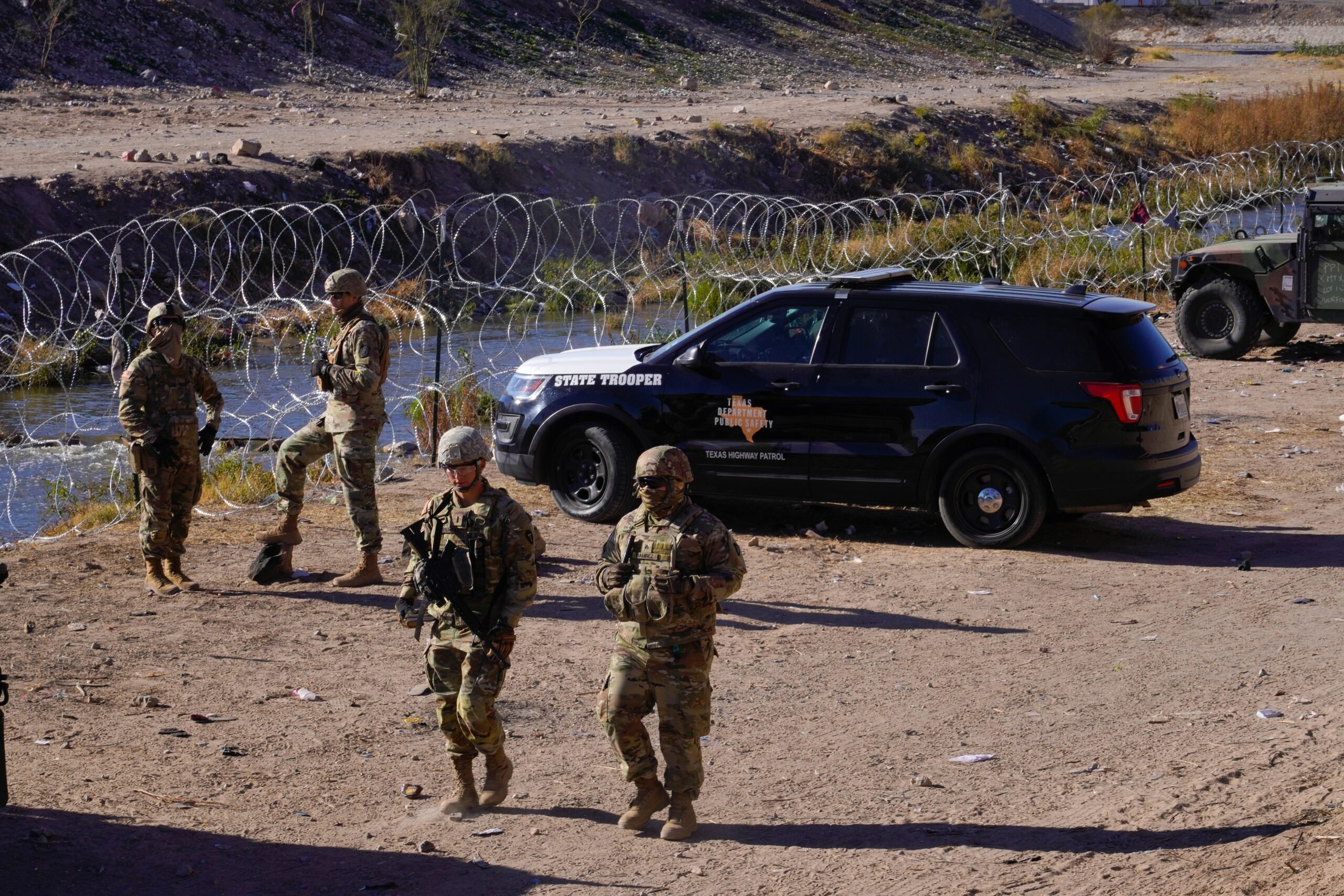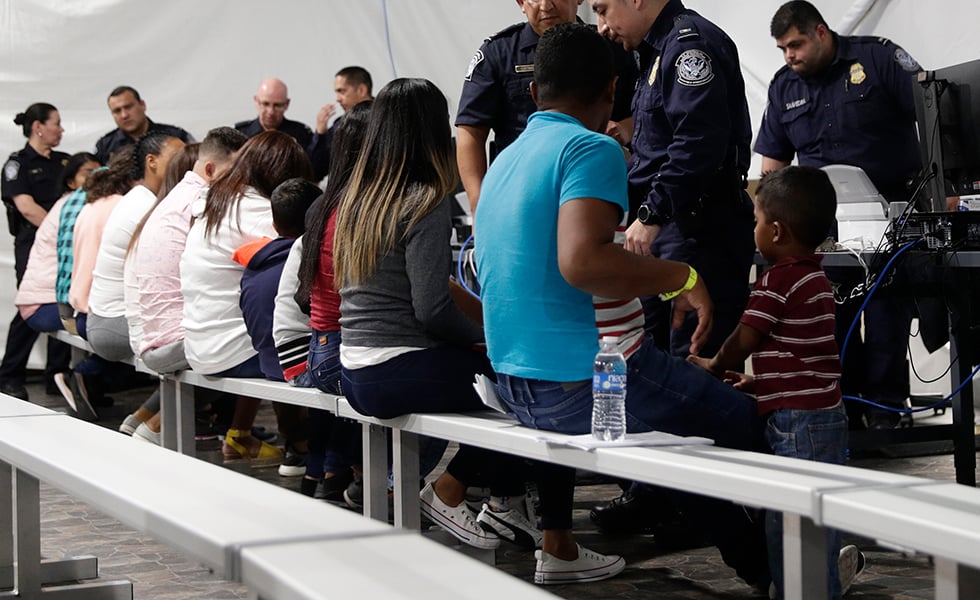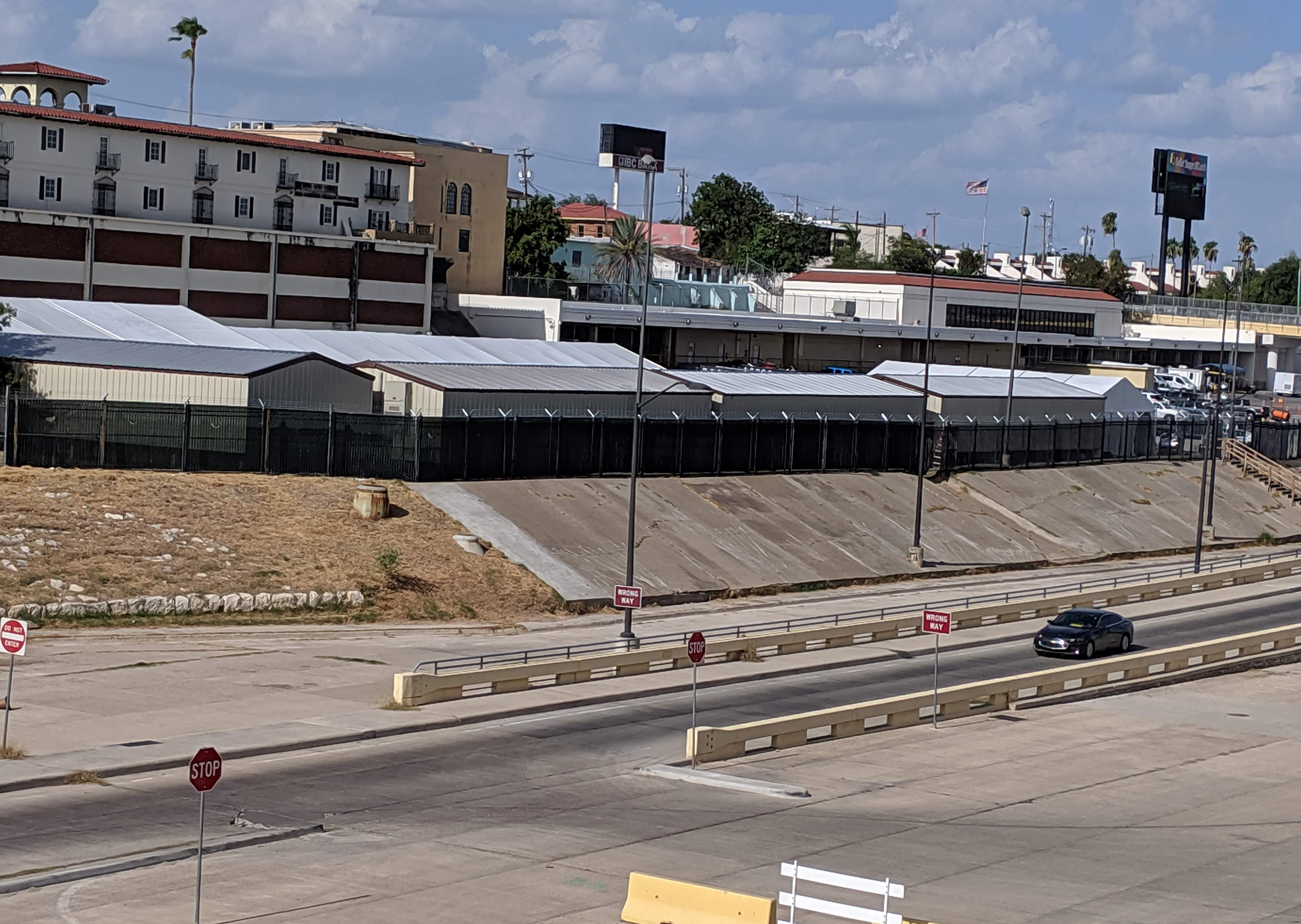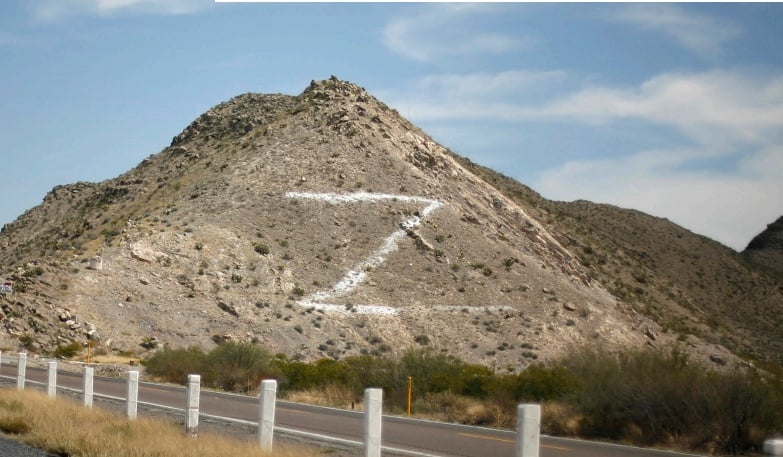
Human Rights Lawyer on How Government is Complicit in Mexico’s Drug War
Through corruption and intimidation, many Coahuila state authorities coordinated with the Zetas and let them operate with impunity.
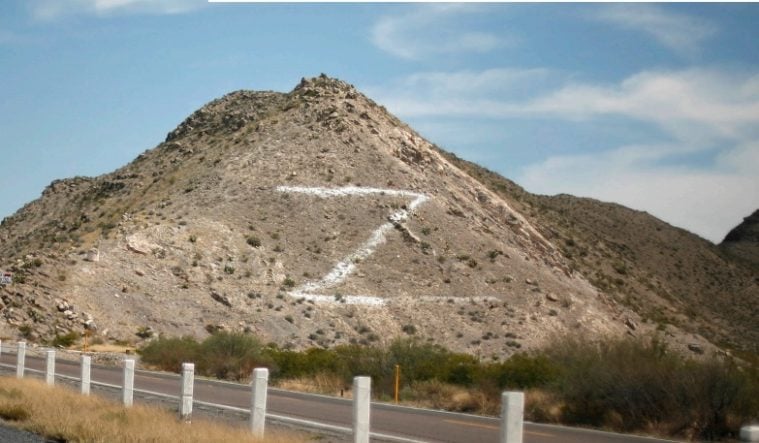
More than a decade into a violent conflict that seems nowhere near being resolved, Mexico is a country haunted by the missing. The Mexican government estimates that more than 32,000 people have disappeared in the last decade — a statistic that is likely far too low, since it comes from a federal database that relies on flawed data.
In 2010, University of Texas law professor Ariel Dulitzky was appointed by the United Nations Human Rights Council to a five-person working group tasked with investigating the spike in kidnappings. What he found was a government unwilling to tackle the growing problem, which was highlighted by the unsolved 2014 mass kidnapping of 43 students from the Ayotzinapa Rural Teachers’ College. In their new report, “Human Rights Abuses in Coahuila, Mexico,” Dulitzky and his students investigate another unsolved tragedy: the March 2011 kidnappings of at least 300 men, women and children by members of the Zetas cartel in the Cinco Manantiales region in the Mexican border state of Coahuila.

In 2016, Dulitzky, director of the Human Rights Clinic at the University of Texas School of Law, tasked his students with analyzing witness testimonies from three federal trials in San Antonio, Austin and Del Rio that involved key members of the Zetas. One of the report’s most troubling conclusions is that, according to witness testimonies, the Zetas paid two powerful politicians — Humberto Moreira, the former governor of Coahuila, and his brother Ruben, the state’s current governor — several million dollars in bribes so that they could operate with total impunity.
In the report, Dulitzky and his students conclude that both the Zetas and elected officials are to blame for the violence in Coahuila. They also argue that U.S. law enforcement, through its debriefing of numerous witnesses in the United States, is more than likely holding vital information that could help grieving families in Mexico locate the remains of their missing loved ones, or at the very least, help them confirm their deaths. Dulitzky spoke with the Observer about the new report’s findings and his continuing fight to find justice for the families of the disappeared in Mexico.
What does this new report tell us about the conflict in Mexico?
One thing it tells us is that through corruption and intimidation, many state authorities worked for the Zetas and coordinated with the Zetas and let them operate without any obstruction. This finding is not new, but what is new is that [it comes] from the testimonies of insiders in the Zetas and they were very explicit.
And there are a couple of other things: There is a clear presence of Zeta operatives in Texas and in other parts of the United States, according to their testimonies. They are present not only in Texas, but in other states including New Mexico, Oklahoma, California, Illinois and Georgia. It’s also very clear that what is happening in Mexico is not just a Mexican problem alone. The testimonies are clear that the weapons are bought here, especially in Texas, and transported to Mexico. And the drugs come from Mexico to the United States. The main responsibility lies with Mexican authorities, but the U.S. government should also do more because of the transnational aspect of the Zetas’ operations.
What is the current status of the recovery of bodies in Coahuila from the 2011 massacres?
The state government established a special prosecution office to deal with the disappearances. They have periodic meetings between the prosecutors and relatives of the disappeared, but there’s no coherent plan to search for the missing. Three weeks ago, the Mexican Congress passed a very comprehensive law that creates a national system for the search for the disappeared. We hope it will have a positive impact, but first it needs to be implemented. It will be a challenge because the testimonies indicate that with some of the people who disappeared their bodies were incinerated or dissolved in acid. So those bodies are never going to be recovered.
How do you hope Mexican authorities will respond to this report?
We hope that our research and others doing this type of research will better help with the implementation of the new law on the disappeared. And that more concerted efforts will be made to search for the missing. We also want to make clear that corruption is an integral element of the violence happening in Mexico. So when we talk about disappearances, our main focus is that dealing with corruption is a way to prevent more of them from happening.
In the report, you conclude that U.S. law enforcement has vital information about the massacres that hasn’t been made public.
What is clear is that some of the U.S. law enforcement agents who testified in the trials received from witnesses they spoke to much more detailed information on victims and human rights abuses and potential locations where bodies could be. U.S. law enforcement says it gave that information to the Mexican authorities, but the Mexican authorities said they couldn’t find the addresses or the places were too dangerous for them to go to. So that information was never made public. It was never given to any human rights organizations or to the families who are searching for their relatives. We hope that U.S. law enforcement will give that information to human rights groups.
You’re Argentine, and many South American countries have dealt publicly with the disappearances in the ’70s and ’80s during the dirty wars [of state-sponsored terrorism]. Mexico also had a dirty war, but there was never any acknowledgment or reconciliation. Now, once again, the Mexican government seems unwilling to acknowledge the missing. Why is Mexico such a tough case?
That is a very good question. When I visited Mexico with the UN working group on enforced disappearances, we looked both at the disappearances during the dirty war in Mexico in the ’70s and ’80s and the current disappearances. We found at least two elements that were common in both periods. First, there is this pattern of structural impunity, and the second is the presence of the military conducting domestic security operations.
One of the main differences between Mexico and [Argentina] is that in Argentina, there was a clear break between the dictatorship and the new democratic government. There was also a change in the entire state apparatus from the judiciary to the executive branch. This type of break from the past has never happened in Mexico. It was a slow process where at first the opposition started to win local government races, then the majority in Congress and eventually the presidency in 2000. But the PRI [the Institutional Revolutionary Party, which ruled Mexico for 71 years] still remains one of the main political actors and now they are in the presidency again, so that transition was very different from Argentina’s. In Mexico there are many constraints on accountability for what happened in the past.
Editor’s Note: On Tuesday, November 14, Ariel Dulitzky and his students will present the report “Human Rights Abuses in Coahuila, Mexico,” at 4:30 p.m. at the University of Texas School of Law. Observer reporter Melissa del Bosque will also participate in the panel.
